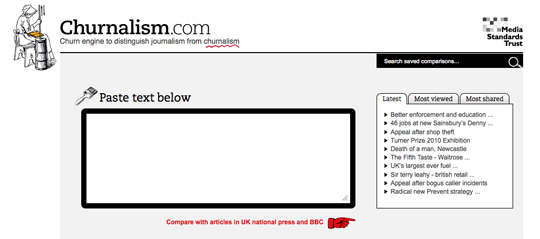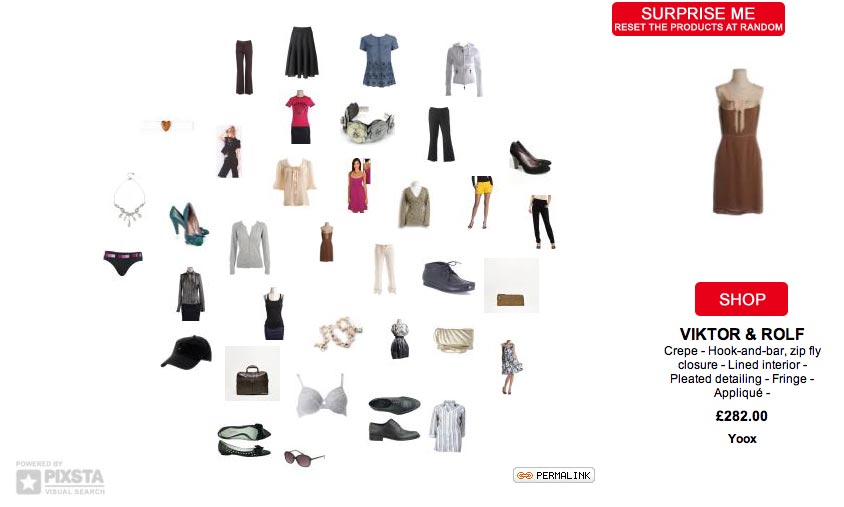American Vogue is making its archive of every image in its 119 year history available online, according to the Guardian.
The library – searchable by image, designer, date, model and brand – will come with a hefty pricetag of $1,575 (£1,015)-a-year.
The Guardian says it could be a valuable resource, despite the cost, explaining it promises to reduce search time “that might have taken weeks of painstaking research using paper archives”.
The archive is being marketed as a business-to-business resource, aimed at design professionals. A limited version, the extent of which is not yet clear, will be made available to Vogue’s subcribers in 2012.
The strategic importance of the move goes beyond the revenue the paywall will deliver. “This is Condé Nast waving a flag about what the Vogue brand could be,” says Douglas McCabe, media analyst at Enders Analysis. “What they are saying is: Vogue is absolutely the authoritative player in this field. There aren’t many magazine brands that could line up behind this and copy what they’ve done. That’s one of the points Vogue is making.”
The article goes on to say that some feel the £1,000-a-year fee is too high, whereas “some are in full support of the subscription fee”.
“The moral outrage people feel about being asked to pay for content is misguided. Actually, I’m surprised the price is so low,” comments Chris Sanderson, co-founder of trend forecasting consultancy the Future Laboratory. “The archive is clearly being marketed to creative professionals. The searchability gives it real value, because you have the ability to drill down into content and locate exactly what you need.
The Guardian’s full article is here: Vogue launches online archive of every American issue in its 119-year history.




